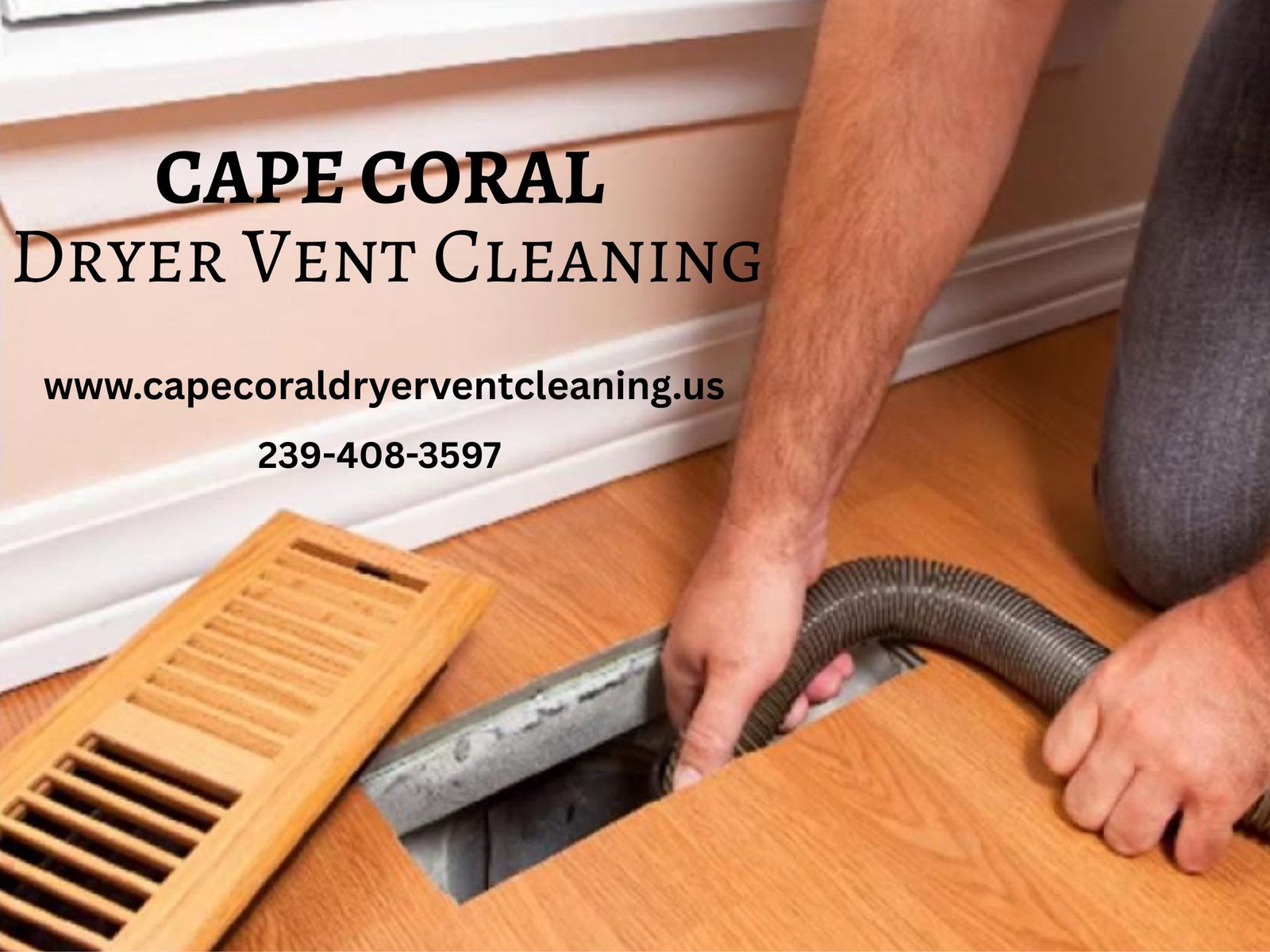If you live in Cape Coral, you already know how the air can feel thick with moisture, especially in the summer months. That sticky, damp feeling might be nice for the tropical plants in your yard, but it’s not so friendly to your home’s hardware—especially things like your dryer vent cover. I learned this the hard way, watching my first vent cover rust and crack in just two years! So, today, let’s chat about which materials actually survive Cape Coral’s humidity and keep your dryer vent cover replacement working smoothly and safely. I’ll keep it simple and practical, just like if we were talking over coffee.
Why Humidity Matters for Dryer Vent Covers
Before we dive into the different materials, let’s talk about why the humid air in Cape Coral can be so tough on dryer vent covers. The moisture in the air acts like an invisible villain, sneaking into cracks and seams, helping rust to grow and making plastic brittle over time. On top of that, salty breezes from the coast add another layer of trouble, speeding up corrosion on metal surfaces. If your vent cover isn’t made of the right stuff, you could end up with blockages, pests moving in, or even water sneaking into your laundry room. Not fun!
Comparing Popular Dryer Vent Cover Materials
There are a handful of common materials you’ll see when shopping for dryer vent covers—each with their own strengths and weaknesses in humid climates like ours. Here’s a handy table to break down how some of the usual suspects stack up:
| Material | How It Handles Humidity | Pros | Cons |
|---|---|---|---|
| Plastic (PVC or ABS) | Resists rust, but may get brittle or discolor from sun and heat | AffordableLightweightEasy to install | Can crack after a few summersMay fade or warp in strong sun |
| Aluminum | Doesn’t rust, but can corrode in salty, moist air | Stays cool to the touchLonger lifespan than plastic | Prone to salt corrosionCan dent easily |
| Stainless Steel | Handles humidity and salt very well if high grade | Very durableAlmost no rustGood for pest resistance | More expensiveHeavier, needs sturdy mounting |
| Galvanized Steel | Protected by zinc coating, but can wear away over time in salty air | StrongLess costly than stainless | Can eventually rustZinc coating may chip |
“Living by the Gulf has its perks, but if you want your dryer vent to last, pick a cover that can handle the heat and the humidity—otherwise, you’ll just be replacing it every couple of years.”
What Works Best in Cape Coral?
After seeing a few vent covers fall apart in my own home, and hearing from neighbors with similar stories, here’s what I’d recommend for our muggy, coastal climate:
- Stainless steel (especially the higher grades like 304 or 316) really stands up to the combination of moisture and salty air. It costs more up front, but you won’t be out there replacing it every time hurricane season rolls around.
- Heavy-duty plastic is a decent option if budget is tight. Just look for brands that are UV-resistant and labeled for outdoor use—otherwise, the sun will make them brittle in no time.
- Aluminum can work if you’re not right on the waterfront, but be ready for some cleaning and maintenance if you want to avoid pitting or corrosion.
If you’re handy, check if your vent cover has a screen or flap that keeps out critters like lizards or bugs, since our warm weather is basically an open invitation for them!
Tips for Making Your Dryer Vent Cover Last
Even the toughest materials need a little TLC in Cape Coral. Here are a few quick tips that keep my vent cover looking and working great:
- Give it a rinse every couple of months to clear away salt and dust.
- Check for cracks, rust, or broken flaps after big storms or heavy rains.
- Make sure the cover fits snug so pests can’t sneak in, but air can still flow freely.
- If you go with plastic, a little shade (like under an eave) helps slow down sun damage.
Wrapping Up: The Right Material Makes All the Difference
Picking the best dryer vent cover for Cape Coral’s unique climate is really about thinking ahead. Humidity, salt, and sunshine will all take their toll, so it’s worth investing in a material that can keep up. Stainless steel is my top choice for long-lasting performance, but tough plastic or aluminum can work if you’re careful. Whichever you pick, a little maintenance goes a long way in making sure your dryer—and your laundry room—stay safe and dry all year long.
Read More : Cape Coral Dryer Vent Cleaning


